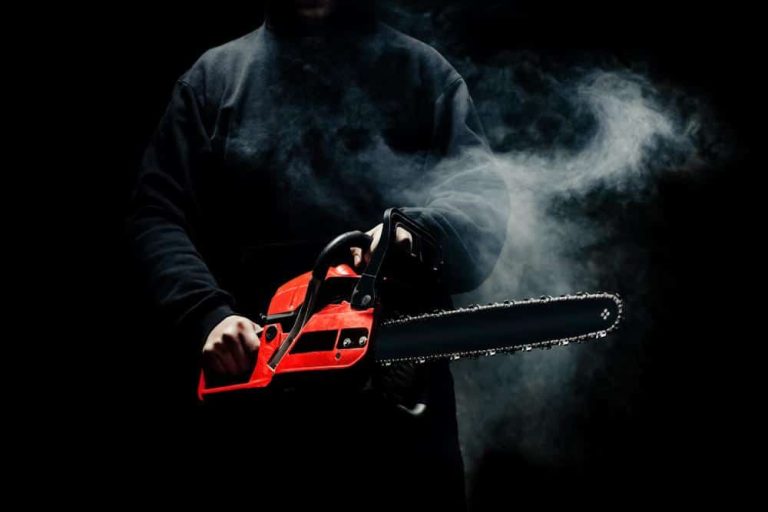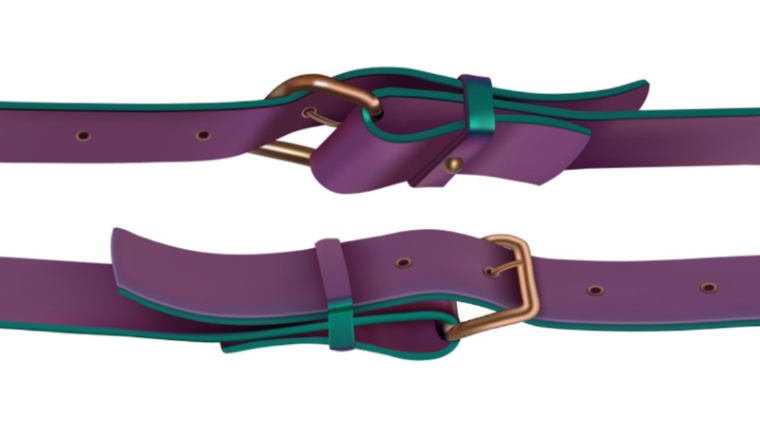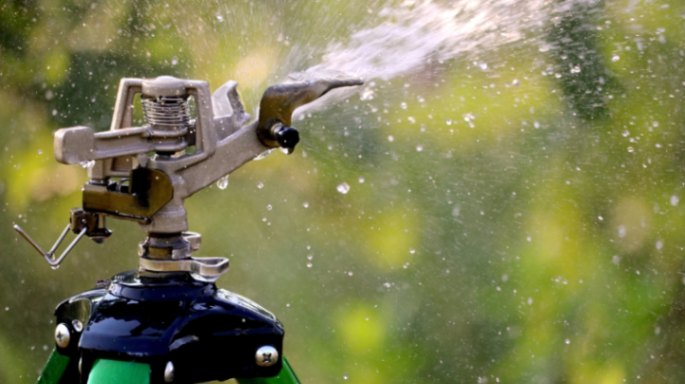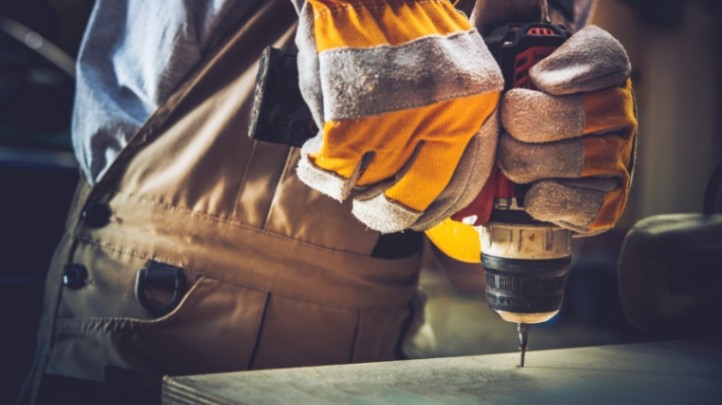Impact wrenches are powerful tools widely used in the automotive and construction industries. While they can make tasks faster and more efficient, they can also be dangerous if not used properly. This article will discuss the essential impact wrench safety tips that every user should follow to prevent accidents and injuries.
1. Introduction
Impact wrenches, also known as impact guns or air guns, are pneumatic tools that use compressed air to generate high torque output. They are commonly used in industries requiring high-speed assembly and heavy machinery disassembly, such as automotive repair and construction. While these tools can greatly improve productivity, they can also cause accidents and injuries if not used properly. This article provides safety tips and guidelines to help users prevent accidents and injuries when using impact wrenches.
2. Understanding Impact Wrenches
Impact wrenches use a combination of rotating mass and impact force to apply torque to a fastener. They are available in various sizes and types, including pneumatic, electric, and cordless. Pneumatic impact wrenches are the most common type, as they are powerful, durable, and relatively inexpensive.
3. Common Hazards and Risks
Before using an impact wrench, it’s important to understand the common hazards and risks associated with this tool. Some of the common hazards include:
-
Pinch Points
Pinch points occur when the operator’s hands, fingers, or body parts are caught between moving parts of the tool, such as the rotating socket or the anvil. Pinch points can cause serious injuries, such as fractures, cuts, and amputations.
-
Flying Objects
When an impact wrench is in use, it can cause fasteners, nuts, bolts, or other objects to fly off at high speeds. These flying objects can cause serious injuries to the operator or other nearby people.
-
Electrical Hazards
Electric impact wrenches can pose electrical hazards if not used properly. The risk of electrical shock can increase if the tool is used in wet or damp conditions or if the power cord is damaged.
4. Safety Precautions
To prevent accidents and injuries when using an impact wrench, it’s essential to follow these safety precautions:
-
Wear Appropriate PPE
Wearing appropriate personal protective equipment (PPE) is crucial for impact wrench safety. Safety glasses, gloves, and ear protection can prevent injuries to your eyes, hands, and ears. Additional PPE may be necessary depending on the specific job and workplace hazards. Proper training, tool maintenance, and safe work practices are also important for preventing accidents and injuries.
-
Inspect Your Tools Before Use
Before using an impact wrench:
- Inspect it for any signs of damage or wear.
- Check the air hoses, electrical cords, and connections for frays, cracks, or other defects.
- Ensure the tool is properly lubricated and all components securely fastened.
-
Use the Right Socket and Accessories
Use the appropriate socket and accessories for the job. Using the wrong size or type of socket can cause damage to the tool or the workpiece. Always use sockets and accessories rated for the maximum torque output of your impact wrench.
-
Secure the Workpiece
Secure the workpiece in a vice or clamp before using the impact wrench. This will prevent it from moving or shifting during operation, reducing the risk of accidents or injuries.
-
Keep Your Hands and Body Away from Moving Parts
Keep your hands, fingers, and body parts away from the moving parts of the impact wrench. This includes the rotating socket, anvil, and trigger. Always use two hands to operate the tool, and maintain a secure grip to prevent the tool from slipping or bouncing.
-
Follow the Manufacturer’s Instructions
Always follow the manufacturer’s instructions when using an impact wrench. This includes operating procedures, maintenance instructions, and safety guidelines. Failure to follow these instructions can result in accidents or injuries.
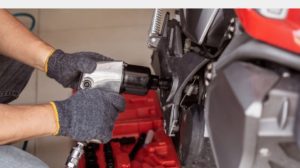
5. Safe Operating Practices
In addition to the safety precautions mentioned above, it’s also important to follow safe operating practices when using an impact wrench:
-
Use Two Hands
Always use two hands to operate the impact wrench. This will provide better control and stability, reducing the risk of accidents or injuries.
-
Maintain a Secure Grip
Maintain a secure grip on the impact wrench at all times. This will prevent it from slipping or bouncing during use, reducing the risk of accidents or injuries.
-
Never Use Extension Cords as a Substitute for Proper Wiring
Never use extension cords as a substitute for proper wiring. Extension cords can cause voltage drops, damaging the motor or reducing the tool’s performance. Always use the proper wiring and grounding for your impact wrench.
-
Never Exceed the Tool’s Rated Capacity
Never exceed the tool’s rated capacity. Exceeding the maximum torque output can cause damage to the tool or the workpiece. It can also lead to accidents or injuries.
-
Never Alter or Modify the Tool
Never alter or modify the impact wrench. This can cause damage to the tool, reduce its performance, or increase the risk of accidents or injuries.
-
Stop the Tool Immediately if Something Goes Wrong
If something goes wrong during use, such as the tool jamming or the socket becoming stuck, stop the tool immediately. This will prevent further damage and reduce the risk of accidents or injuries.
6. Tool Maintenance and Storage
To ensure the safe and efficient use of an impact wrench, it’s important to perform regular maintenance and proper storage:
-
Regular Cleaning and Inspection
Regularly clean and inspect your impact wrench for any signs of damage or wear. Check the air hoses, electrical cords, and connections for frays, cracks, or other defects. Ensure the tool is properly lubricated and all components securely fastened.
-
Proper Lubrication
Proper lubrication is essential for the proper functioning of an impact wrench. Use the recommended lubricant for your tool, and follow the manufacturer’s instructions for lubrication frequency and amount.
-
Safe Storage Practices
When not in use, store your impact wrench in a clean, dry, and secure location. Keep it out of reach of children and pets, and ensure it is not exposed to extreme temperatures or humidity.
7. FAQs
- Can impact wrenches be used for automotive repair?
Yes, impact wrenches are commonly used in automotive repair to change tires and remove bolts.
- Can impact wrenches cause injuries?
Yes, impact wrenches can cause injuries if used improperly or if safety precautions are not followed.
- Are there different types of impact wrenches?
There are electric, pneumatic, and cordless impact wrenches, each with advantages and disadvantages.
- Do I need to wear protective gear when using an impact wrench?
It is recommended to wear protective gear such as safety glasses, gloves, and ear protection when using an impact wrench.
- Can impact wrenches be used for tightening bolts?
Yes, impact wrenches are commonly used for tightening bolts. However, ensuring the tool is set to the appropriate torque level is important to prevent over-tightening and damage to the workpiece.
8. Conclusion
In conclusion, impact wrenches are powerful tools that greatly improve productivity in various industries. However, they also pose certain safety risks that must be taken seriously. Following the safety tips and practices outlined in this article can reduce the risk of accidents and injuries while using an impact wrench.
Inspect your tools before use, use the right socket and accessories, secure the workpiece, keep your hands and body away from moving parts, and follow the manufacturer’s instructions. Additionally, use two hands, maintain a secure grip, never use extension cords as a substitute for proper wiring, never exceed the tool’s rated capacity, never alter or modify the tool, and stop immediately if something goes wrong.
Regular cleaning and inspection, proper lubrication, and safe storage practices are also important for safely and efficiently using an impact wrench. Following these tips and practices ensures that your impact wrench remains a valuable tool that helps you get the job done safely and effectively.
